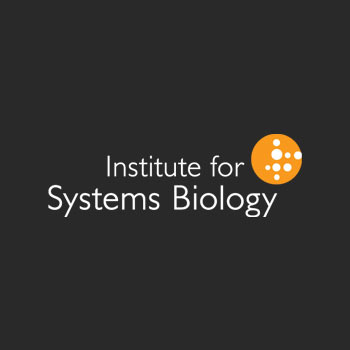IBEST Optical Imaging Core, University of Idaho

The Optical Imaging Core (OIC) provides detailed visualization of cell structure in biological processes through high-resolution imaging. Observation of development, pathogenesis, and genetic mutations at a cellular level allows investigators the opportunity to review how key components are organized, how they interact, and how they change in size and number. The fluorescent, confocal and multiphoton microscopes in the OIC are specifically designed for fluorescent imaging needed to gather this data. A variety of software programs are available for subsequent image analysis. Flow cytometry is also available at the OIC. This provides cell characterization in large populations of dissociated cells ranging from bacteria to plant and mammalian cells. Flow cytometry is greatly enhanced by fluorescent labeling techniques, providing specific knowledge of gene, protein, and organelle changes within individual cells of a population. Once characterized, cells can be sorted for subsequent procedures (e.g.. incorporation of stem cells into animals or culturing of isolated bacteria) or analyses, such as proteomics and genomics. Cytometric analysis software is also available. The OIC has a fluorescent stereoscope for imaging of plants and small animals that require a large depth of focus and wider field of view than can be provided in a standard compound light microscope. The Optical Imaging Core is staffed by an experienced biologist and microscopist, Ann Norton.










